Stricter Regulations Boost Taiwan's Green Building Materials Industry
Island manufacturers jump onto the green-is-good bandwagon
2014/07/31 | By Ken LiuBy KEN LIU
Beginning on July 1 this year, nine types of institution—colleges, libraries, medical organizations, social welfare institutes, government offices, railway stations, civilian airports, mass rapid transit stations, and shopping centers—became subject to the provisions of Taiwan's Indoor Air Quality Act.
The new law imposes strict requirements for air quality inside buildings to keep inhabitants from inhaling hazardous particles such as carbon monoxide, volatile organic chemicals (VOCs), formaldehyde, fungi, carbon dioxide, germs, and ozone. Offenders can be fined NT$50,000 to NT$250,000 (US$1,666-8,333 at NT$30: US$1), depending on the magnitude of their infraction.
The Act follows a series of regulations stipulating the use of more eco-friendly materials in new buildings. One of the regulations requires all new government construction projects in Taiwan to meet the Ministry of the Interior's (MOI's) Green Building Mark standard for energy and water consumption beginning in 2014, and another raises the ratio of eco-friendly materials in new private and public buildings from 30% to 45% for indoor materials and from zero to 10% for outdoor materials beginning in 2012.
The Indoor Air Quality Act and other regulations are expected to help resolve two of Taiwan's serious eco-related issues. According to architectural specialist Z.M. Jiang of National Cheng Kung University and Chairman T.C. Chen of the Taiwan Green Building Material Council (TGBMC), the island's office workers are 100 to 1,000 times more likely to develop formaldehyde-caused cancers than those in other workplaces, and the construction industry generates 28% of the island's total CO2 emissions.
Manufacturers Take Advantage of More Stringent Rules
The increasingly stringent rules have attracted more of the island's building-materials manufacturers to roll out products that meet the recyclable, ecological, healthful, and high-performance standards set by the independent Taiwan Architecture & Building Center (TABC).
The Center, which has been commissioned by the MOI to administer the labeling system, reports that it issued a total of 964 Green Building Materials Labels covering 6,966 products turned out by the island's building-materials makers during the seven years to the end of 2013, including 203 labels issued in 2013 alone.
Chung Pei Paint Enterprise Co., Ltd., founded in 1979 as a Taiwanese-Japanese joint venture, was Taiwan's first lacquer manufacturer to win a Green Building Material Label; the label was granted for its water-based fluorocarbon resin paint, a replacement for VOC-dipped solvent-based fluorocarbon paint. The paint is noted for its adhesive durability and zero discoloring.
Akzo Nobel Paints Taiwan Ltd., which was founded in 1977 as a member of the AkzoNobel Group (owner of the Dulux brand) and started out by producing water-soluble lacquer, has developed several eco-friendly paints, including one that reduces light absorption and one that captures odors and air-borne formaldehyde, which have been labeled Healthy Green Building Material.
Greater Reflection, Less Mold
Tests conducted by the company indicate that its highly-reflective paint reflects 94% of illumination, compared with 89.3% achieved by rival products. The better reflectivity, the company stresses, means that consumers need not use as many lights as they otherwise would. Like many of the company's other paints, the reflective paint also resists molds.
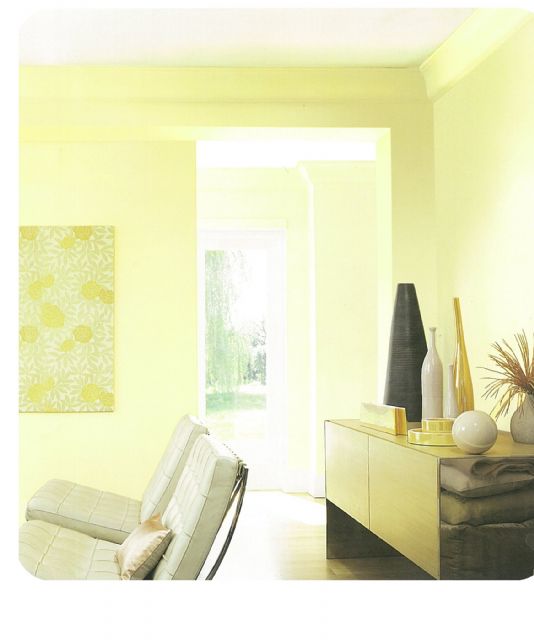
G-Pro Co., Ltd. recently introduced several toxic-free lacquers, which the company says contain no formaldehyde, asbestos, hexavalent chromium, mercury, cadmium, cadmium compounds, argentums, or methylbenzene. All of the lacquers are odorless.
The company's catalog claims that its unique eco-friendly formula allows the lacquers to withstand at least 30,000 washings, chemical erosion, and two consecutive hours of exposure to a temperature of 800 C, as well as stopping molds from growing on painted surfaces.
These lacquers are made with water-based paints from DuPont and are available in nine colors. Their Healthy Green Building Materials label attests to their toxic-free nature.
Taising Building Materials Co., Ltd., another green-certified supplier, specializes in paints which create the texture and color of granite. Its VOC-free coatings are made of various materials including cement, glass, metal, wood, and plastic.
Resistant to high temperature, acid erosion, ultraviolet rays, water seepage, mold, static electricity buildup, wear and tear, and discoloring, Taising's paints also do not flake and firmly adhere to walls.
Mosia Flooring Corp., a TGBMC member, also boasts Green Building Materials Label certification and has developed at least three non-hazardous technologies for making building materials.
The company has developed a sprayer which captures VOCs and dissolves them into non-toxic H2O and CO2. Testing by SGS shows that the sprayer captures 42% of all VOCs in a cubic meter in 15 minutes, 88% in half an hour, and 100% in one hour.
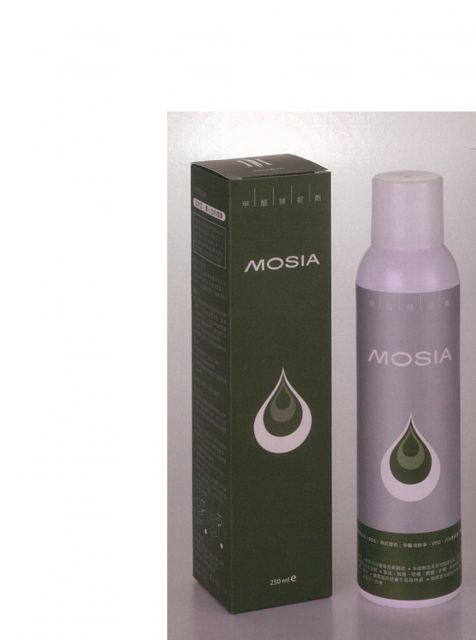
All Green
Taiwan Order Furniture Corp., whose chairman, Jackie Yang, is a former head of the TGBMC, boasts that it is the only furniture maker in Taiwan to have all of its products carry the Green Building Material label. 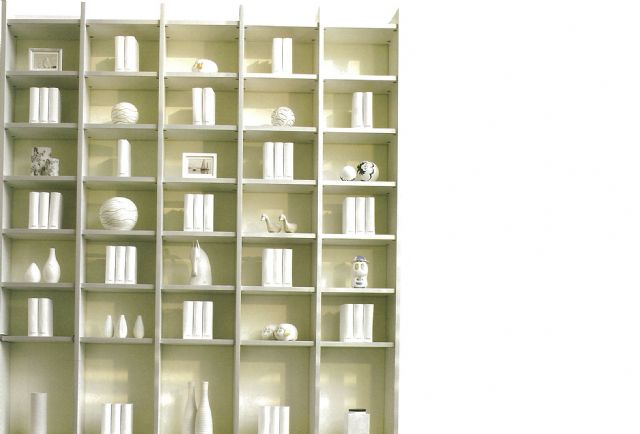
Using German-made toxic-free materials such as melamine faced chipboard (MFC) that are made only of trees that are farmed and not naturally grown, the manufacturer tweaks its manufacturing process to limit waste within 5% of output, compared with 20% for traditional manufacturers.
According to the company, Germany requires materials suppliers, not homebuilders, to be green; so all German suppliers are eco-qualified and so are all buildings there.
Lien Cheng Environment Technology Inc., a subsidiary of plastic-processing-machine maker Hao Yu Precision Machinery Industry Co., is marketing its “Seven Plus” series of indoor plant walls and non-toxic wood-plastic composites as eco-friendly building materials.
The firm's green walls capture carbon dioxide and VOCs, and restrain the growth of micro-organisms. The composites of which they are made are 100% formaldehyde-free, recyclable, nonflammable, and resistant to humidity and insects, and are certified as a first-grade nonflammable building material in accordance with Taiwanese industry standards.
Magic Carpet
George Rubber Industrial Co., Ltd., founded in 1978 in Tainan, southern Taiwan, is known as the maker of a unique thermal insulation carpet that it developed specifically for blanketing tinplate roofs. According to the company, the carpet utilizes a special resin and the thermal ceramic tile technology used on the Space Shuttle to bring down indoor temperatures by as much as 15 degrees C in hot summer weather, thereby minimizing air-conditioning costs. Besides keeping heat out, the carpet also resists water, sound, and rust.
George Rubber has installed the carpet on warehouse facilities run by over 50 organizations across Taiwan, including the Nan Ya PCB Corp., First Hotel, San Shing Fastech Corp., Uni-President Enterprise Corp., Hope Automation Corp., and Hualien Airport.
The carpet, which comes with a 10-year warranty, has reportedly impressed the government-backed Industrial Technology Research Institute (ITRI).
White Horse Ceramic Co., Ltd. is another certified green-material supplier, making tiles of recycled materials and coating them with nanometer-grade substances. The use of recycled materials help minimize ecological damage caused by the mining of virgin minerals, and the nano-coating reduces the adhesion index and enables easier cleaning—in fact, it eliminates the need to use water to clean high-rise walls.
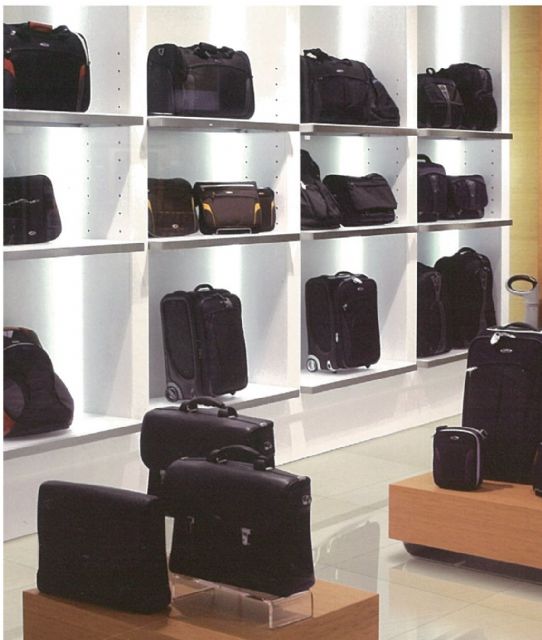
Like White Horse, the Champion Building Materials Group makes the most of recycling technology in its production of tiles. The company's unique process turns out products containing 67% reclaimed materials, far above the 20% benchmark set in the government's green building materials standard.
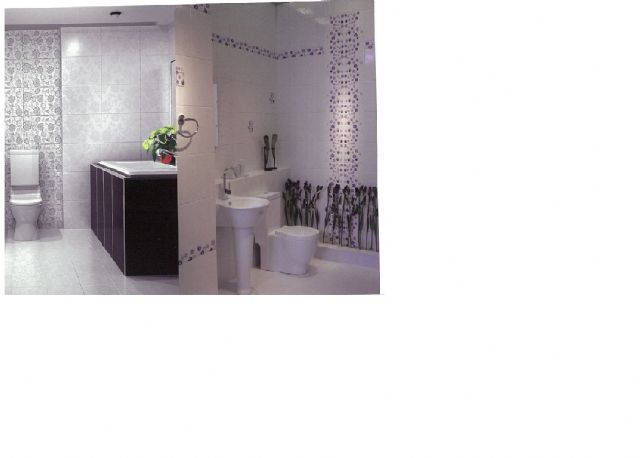
The efficient use of reclaimed materials, water, exhaust gas, and energy in its manufacturing operations over the past four years has enabled Champion to reduce its CO2 emissions to an amount equivalent to that absorbed by 130 hectares of vegetation, and to save enough water to fill 1,500 standard swimming pools a year.
Ua Wood Floor Inc. is promoting its “Ua Floors”-branded wooden flooring, which it presents as a nontoxic, bacteria-resistant, healthy, and energy-efficient product. The company uses nanometer and infrared technologies in its flooring for purposes of health.
The firm claims that its flooring has been adopted by the U.S. Pentagon, diamond maker DeBeers, and Apple iStores.
Ua Wood spent four years developing the flooring, which won the first MIT Smile logo for Taiwan's wood-bamboo furnishing industry, the island's first Ecological Green Building Material logo from the Ministry of the Interior (MOI), the first U.S. Forest Stewardship Council (FSC) certificate for the island's wood-bamboo furnishing industry, and the first nanoMark from the Ministry of Economic Affairs (MOEA) for a wood-bamboo furnishing maker. The company is also Taiwan's only furnishings maker to be granted Ecological Green Building Material and Low Emission Health Green Building Material logos.
Green Consulting
City Green Corp. is Taiwan's first consulting firm to provide eco-building solutions encompassing building design, green building label application, intelligent building label application, green equipment and system engineering, construction project oversight, and turnkey project planning.
When it starts a construction project, the company works in cooperation with architects, engineers, landscape architects, lighting designers, air-conditioning engineers, electrical technicians, construction companies, building owners, building operators, green-building certification specialists certified by the Leadership in Energy and Environment Design Accredited Professional (LEED AP) organization in the U.S., and specialists certified by Taiwan's Intelligent Green Building Accredited Professional (IGB AP) organization.
City Green uses a four-stage process in its projects: goal management and cost management in the initial stage, analysis of the green value of the project's engineering in the detailed design stage, provision of green-turnkey norms and documents in the turnkey stage, and implementation of green construction and green-function verification in the final stage.
Universal Cement Corp. has won the Green Building Materials Label for its healthful and recyclable gypsum boards, which are free of formaldehyde and asbestos as well as being 100% recyclable.
The gypsum boards have been installed as firewalls and acoustical barriers in many five-star hotels, mass rapid transit stations, office buildings, public work projects, and luxury apartments in Taiwan.




